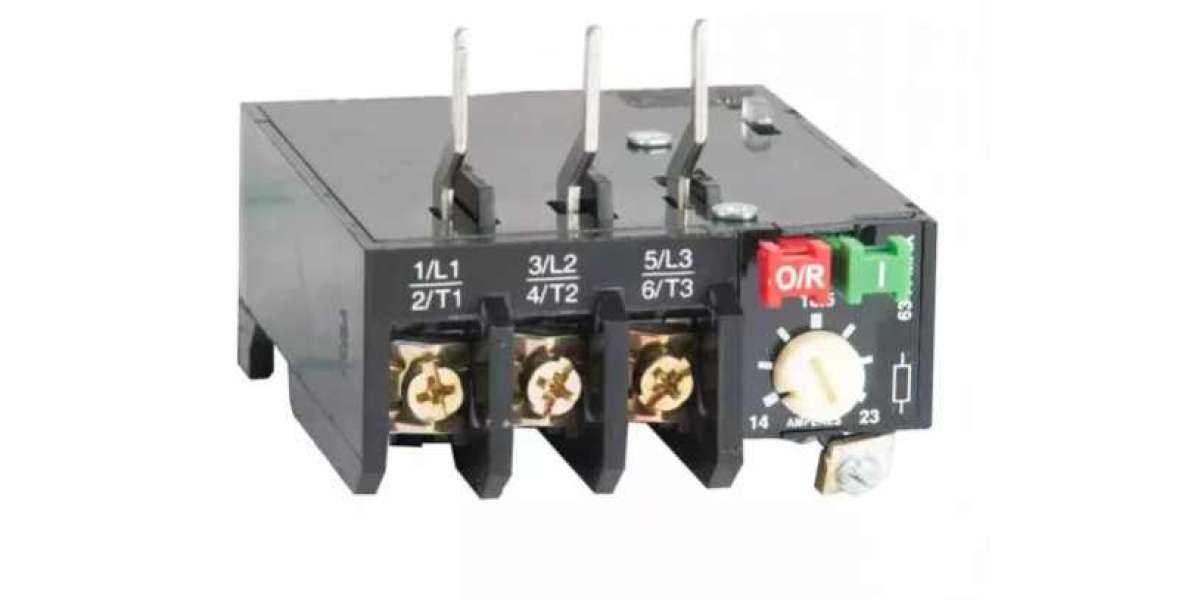In electrical systems and infrastructure, the efficient and safe distribution of power is paramount. Electrical distribution boxes, often referred to as electrical panels or distribution boards, serve as the nerve center of an electrical system. They are essential components that help manage, control, and distribute electrical power to various circuits and devices within a building or facility.
In this article, we delve into the fundamentals of electrical distribution boxes, their functions, types, and explore the distinctions between electrical distribution boxes and power distribution boxes.
Understanding Electrical Distribution Boxes
Electrical Distribution Boxes are enclosures that house electrical components such as circuit breakers, fuses, relays, and busbars. These components are responsible for regulating the flow of electricity from the main power source to individual circuits throughout a building or facility. Distribution boxes serve several critical functions in an electrical system:
- Power Distribution:
- They distribute electrical power from the main supply to different areas or circuits within a building.
- This allows for the safe and efficient delivery of electricity to lights, appliances, machinery, and other electrical devices.
- Circuit Protection:
- Electrical distribution boxes incorporate circuit breakers or fuses to protect circuits from overloads, short circuits, and faults.
- These protective devices interrupt the flow of electricity in the event of an abnormal condition, preventing damage to equipment and minimizing the risk of electrical fires.
- Metering and Monitoring:
- Some distribution boxes include meters to monitor energy consumption and track electrical usage.
- This allows building owners or operators to assess energy efficiency, identify potential issues, and optimize power usage.
- Control and Switching:
- Distribution boxes may include switches or relays for controlling the flow of electricity to specific circuits or devices.
- This provides flexibility in managing electrical loads, turning circuits on or off as needed.
Types of Electrical Distribution Boxes
- Main Distribution Board (MDB):
- The primary distribution point where electricity enters a building from the utility supply.
- It distributes power to sub-distribution boards and individual circuits throughout the building.
- Sub-Distribution Board (SDB):
- Located at various points within a building to distribute power to specific areas or floors.
- They receive power from the main distribution board and further distribute it to localized circuits.
- Consumer Unit:
- A smaller distribution box typically found in residential settings.
- It serves as the main distribution point within a home, dividing power to different circuits such as lighting, sockets, and appliances.
- Final Distribution Board:
- Located closest to the end-use devices such as outlets and switches.
- It provides the final stage of distribution, connecting directly to lighting fixtures, appliances, and other electrical loads.
Differences Between Electrical Distribution Boxes and Power Distribution Boxes
- Scope of Distribution:
- Electrical Distribution Boxes: These encompass a broader range of functions, including power distribution, circuit protection, metering, and control.
- Power Distribution Boxes: Often focus specifically on the distribution of electrical power to various circuits or devices within a building.
- Components Inside:
- Electrical Distribution Boxes: House a variety of components such as circuit breakers, fuses, busbars, meters, switches, and relays.
- Power Distribution Boxes: Primarily contain circuit breakers, fuses, or other devices for protecting and controlling the flow of electricity.
- Location and Function:
- Electrical Distribution Boxes: Serve as central points for distributing power and managing electrical systems within a building or facility.
- Power Distribution Boxes: Are typically located at specific points throughout a building to distribute power to localized circuits or devices.
- Size and Capacity:
- Electrical Distribution Boxes: Tend to be larger and more comprehensive, accommodating multiple circuits and components.
- Power Distribution Boxes: Can vary in size depending on the number of circuits or devices they serve.
- Applications:
- Electrical Distribution Boxes: Used in a wide range of settings, from residential homes to commercial buildings, industrial facilities, and infrastructure projects.
- Power Distribution Boxes: Commonly found in industrial settings, manufacturing plants, data centers, and commercial buildings to manage and distribute power to equipment and machinery.
Benefits of Electrical Distribution Boxes
- Safety:
- Electrical distribution boxes incorporate circuit protection devices to prevent overloads, short circuits, and electrical faults.
- This helps safeguard equipment, prevent electrical fires, and protect personnel from electrical hazards.
- Efficiency:
- By providing a centralized distribution point, electrical distribution boxes ensure efficient power distribution throughout a building.
- This helps optimize energy usage, reduce wastage, and improve the overall efficiency of electrical systems.
- Convenience and Control:
- Distribution boxes allow for easy control and switching of circuits, enabling users to turn lights, appliances, or machinery on or off as needed.
- This enhances convenience, improves operational flexibility, and facilitates effective energy management.
- Fault Detection and Monitoring:
- Some distribution boxes feature built-in meters or monitoring devices to detect abnormalities in power usage.
- This allows for early detection of potential issues, prompt maintenance, and improved system reliability.
Conclusion
Electrical distribution boxes are indispensable components of electrical systems, serving as the backbone for efficient and safe power distribution. They play a crucial role in managing electricity from the main supply to individual circuits, providing protection, control, and metering capabilities. Whether it's the main distribution board, sub-distribution board, consumer unit, or final distribution board, each type of distribution box serves specific functions within a building or facility.
While electrical distribution boxes encompass a broad range of functions including power distribution, circuit protection, metering, and control, power distribution box focus primarily on distributing power to localized circuits or devices. Understanding the differences between these boxes helps engineers, electricians, and building owners select the appropriate solution for their specific needs.








